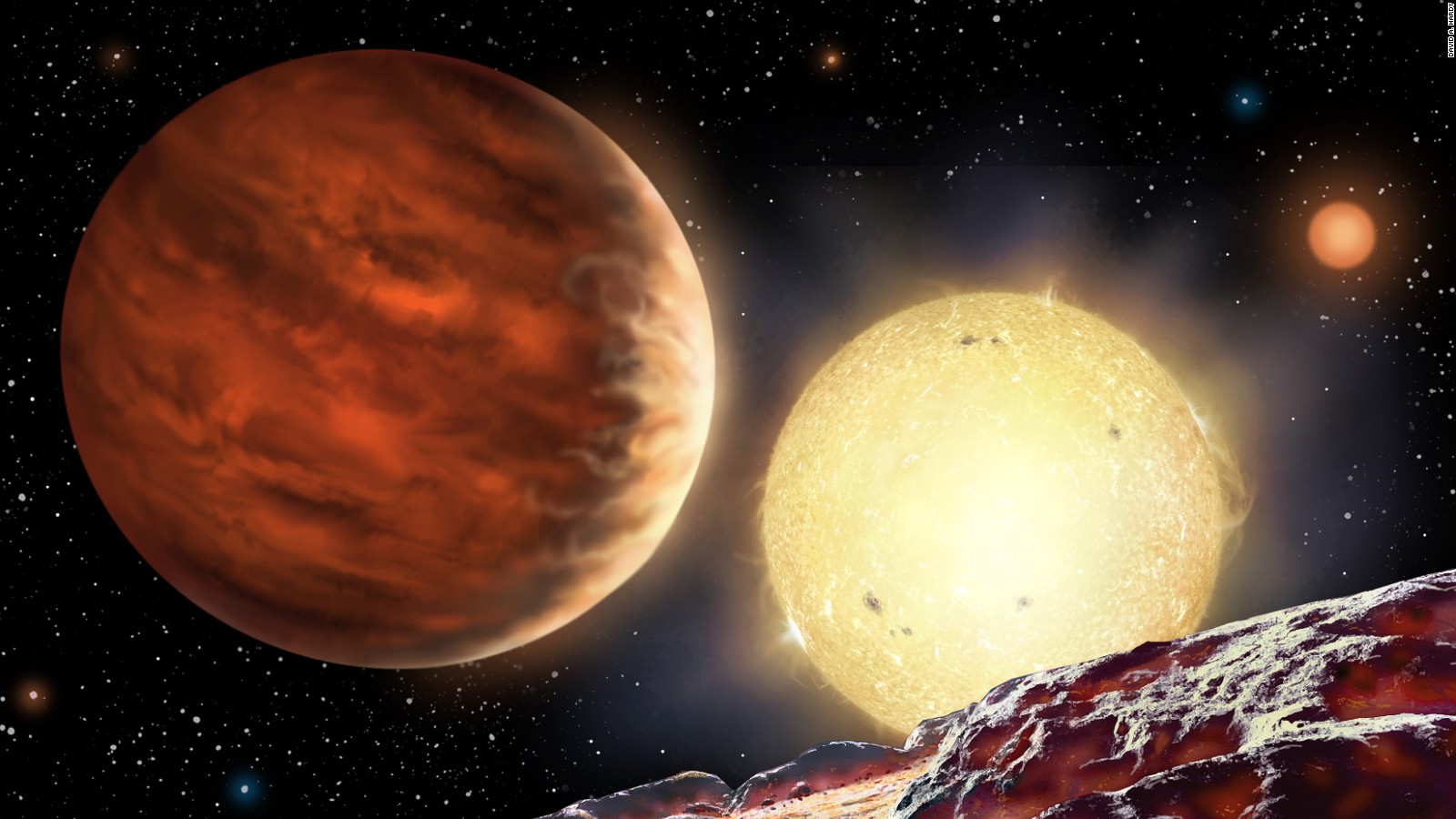
Tom Wagg was an intern at Keele University's observatory when he discovered the planet.
Story highlights
- According to Keele University, England, a 15-year-old boy has spotted a new planet
- The school pupil was on work experience at the university when he made the discovery
(CNN)Advice to interns: work hard and make your mark. And if you can discover a new planet while you're at it, you could also be pushing the boundaries of our knowledge.
Believe it or not, a 15-year-old boy did just that, according to Keele University in England, UK. While undertaking work experience at the university, Tom Wagg noticed a tiny dip in the light of a star as a planet passed in front of it -- that planet had supposedly not been on anyone's radar until then. The university said it has since taken two years to verify his findings.
"I'm hugely excited to have a found a new planet, and I'm very impressed that we can find them so far away," Tom said, according to a statement from the university. He apparently spotted the planet by scouring the data collected by Keele University's WASP (Wide Angle Search for Planets) project, which scans millions of stars in night skies and searches for tiny dips, or transits, caused by the passing of planets.

An artist's impression of WASP-142b orbiting its star.
Nameless for the time being, the new planet has been labeled with the catalog number WASP-142b, as it's the 142nd discovery by the WASP collaboration.
Invisible to the naked eye and 1,000 light years away, the planet is the same size as Jupiter, the largest planet in the solar system, but orbits its star in only two days. Such frequent orbits make such planets easier to find -- if you can describe the feat as easy.
After the discovery of the planet, astronomers at the University of Geneva and the University of Liege confirmed that it had the required size and mass to be identified as a planet. And the university is planning a competition to find a name.
A star student at a nearby school and a science enthusiast, Wagg had requested the work experience after learning that Keele University had a research group studying extrasolar planets, or exoplanets -- planets that exist around stars other than the sun.
According to NASA, the first exoplanet was spotted in 1995 and 5,000 have been discovered ever since. The space agency says on its website that such findings provide hope in finding another Earth.

No comments:
Post a Comment